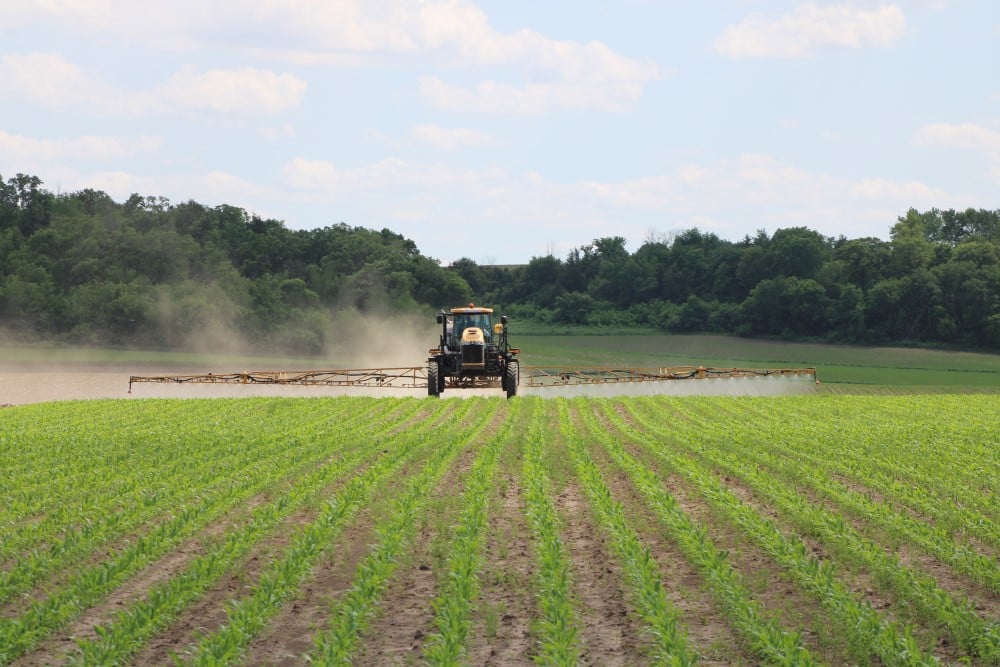Spring is here! Is your sprayer ready? If not, experts advise you invest the time now to prepare your sprayer to prevent downtime, unexpected maintenance repairs and costly delays. Follow these steps before you hit the field to ensure your sprayer is safe to operate and to maximize productivity.
1. Clean
- Start by cleaning the tank and boom sprayers and removing any herbicide residue. If needed, replace them.
- Flush all the antifreeze out of the system by running clean water through it. This will also help you see any damage or leaks.
- Clean the boom line, main system and nozzle screens.
- Be sure to wash all of the spray nozzles. During this time, check the flow rates. If necessary, replace them.

2. Inspect
Inspect your sprayer by walking around it and noting if the machine has any damage. Repair or replace any worn or broken parts, tighten all bolts and make sure the tires are properly inflated before running your machine. Refer to your operation and maintenance manual for appropriate tire pressure, oil type and coolant levels. Inspect the following:
- Engine
- Tires
- Booms
- Clamps
- Fittings
- Hoses
- Spray Nozzles
- Air Intakes
- Cables
- Boom Suspension
- Accumulators
- Oil and Coolant Levels
- Ground Speed Sensors
- Lights
- Air Conditioner
- Electronic Equipment*
*Conduct an electronic inspection on the cable, checking for corroded connectors and physical damage. Also, inspect possible pinch points such as the drawbar and boom fold areas.
3. Calibrate

Once you have cleaned and inspected the different parts of the sprayer, it is important to calibrate them. Always refer to your operation and maintenance manual for the specifics before calibrating the speed sensors, nozzles and flow meter. Calibrate the following:
- Ground Speed Sensor
- Flow Meter
4. Test
Now you are ready to test the various parts of the sprayer including:
- Flow Meter
- Flow Valves
- Boom Control Valves
- Nozzle Flow Rate
- Automatic Rate Controls
- Electric Rate Controls
- Air Conditioner
- Lights
- Field Computer
Test the sprayer’s functionality by filling the water tank and running the spray gun and boom. Should you see breaks or leaks, fix or repair them and test again.
Taking the time to prep your sprayer before hitting the field can save time, reduce costs and prevent downtime. Download this infographic to remind operators of the key tasks to complete and components to inspect before starting to spray this planting season.






